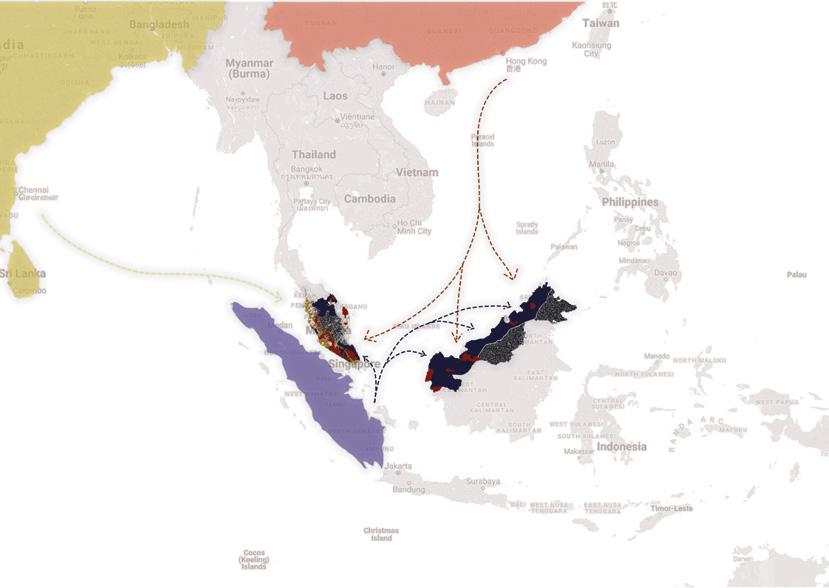
6 minute read
1.0 Background of multi-ethnic in Malaysia
Figure 1.0.1: Mapping of origin of the ethnic group in Malaysia. Source: Author
DISCOVERY OF BORDER
Advertisement
1.0 Background of multi-ethncity in Malaysia
To solve a problem, what we need is consciousness about our problem (Norberg-Schulz, C. 1965). Having a clear aim of the project is to bridge the people who have a different identity, we first need to know what divides them.
Therefore, the research was started by learning the background of the ethnic groups in Malaysia. Basically, there are three main ethnic groups in Malaysia. There are majorly Malay, who arrived from Srivijaya Empire in the 15th century, that is today’s Indonesia (Milner, 2010)). Besides, the Chinese migrated from China in the 15th Century and Indians came from south India, Sri Lanka or Bangladesh around the 18th century. Other than the immigrants, there are also 95 subgroups of indigenous people who settled around in Malaysia (Minority Right Group, 2020).
The social division can be considered by historical and geographical reasons.
LEGENDS
MALAY SETTLEMENT
CHINESE SETTLEMENT
INDIAN SETTLEMENT
INDIGENOUS SETTLEMENT (ORANG ASLI)
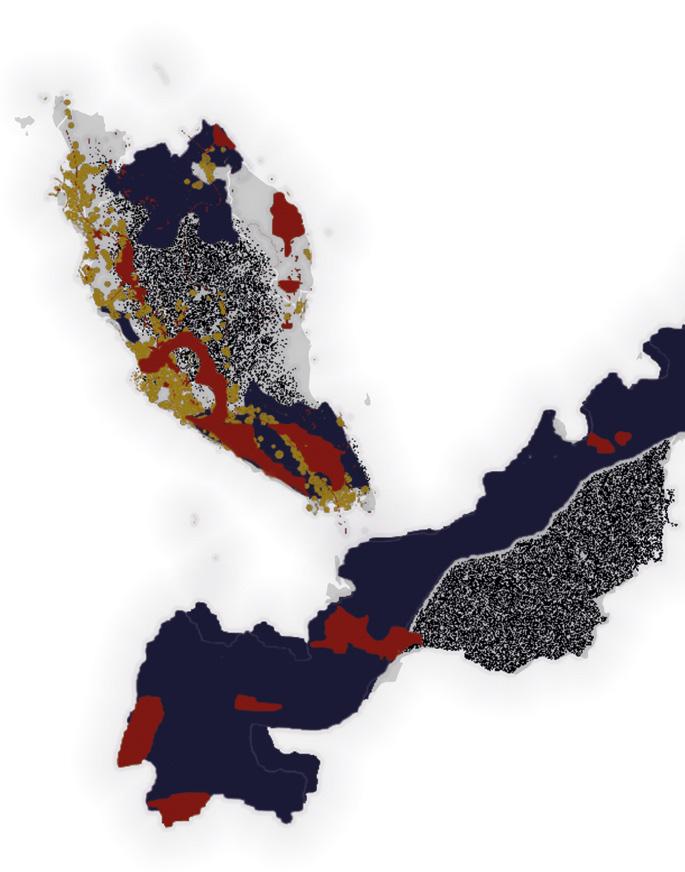
LEGENDS
MALAY SETTLEMENT (VILLAGES)
CHINESE SETTLEMENT (TIN MINING CAMPS)
INDIAN SETTLEMENT (RUBBER + OIL PALM PLANTATION) Figure 1.0.3: The reference of distribution of ethnic group according to economical activities in Malaya, 1935 Source: Kaur, A. (1999). The rail network and the distribution of rubber in Malaya, 1935 [Map]. ResearchGate GmbH.
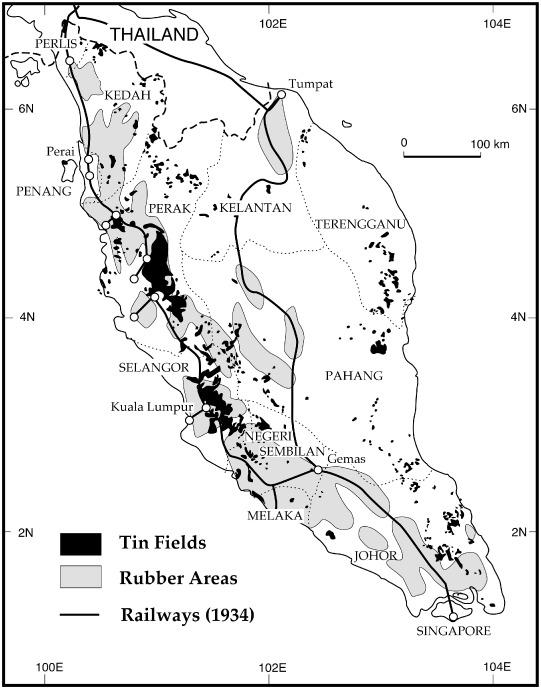
It is said that Malaysians’ sensitivity to race was in fact result of colonial segregation (Leslie, 1997). According to Britannical (2021), the people were gathered and placed according to economical activities assigned.
The first of these immigrant settlements were mining camps, established primarily by the Chinese around tin fields in the west. In the mid-1800s the British introduced the plantation system of agriculture, and the subsequent cultivation of rubber and oil palm trees changed the face of rural Peninsular Malaysia. The workers on the plantations are mostly from Southern India. Thery were brought by the British colonial government specially for the rubber boom. Concequently, the area around the plantation were occupied largely by indian Malaysians. Whereas Malays settled mostly in finishing villages, wet-rice irrigated villages, cash-crop villages, and mixed-crop villages (Britannical, 2021).
Furthermore, probably because Peninsular Malaysia contains numerous mountain ranges running parallel from north to south along the peninsula. There is the main mountain range is the Titiwangsa Mountains, which divides the peninsula between its east and west coasts, their interaction between the east side where Malays mostly settle did not have much interaction with the west. Therefore, it can be said the plurality of society is a legacy of British colonialism and has contributed to occupational and geographical segregation between the ethnic groups (Ahmas, 2000).
Figure 1.0.4: Malay Reservations in Peninsular Malaysia Source: Voon, P. K. (1997). Malay Reservations in Peninsular Malaysia [Mapping]. Semantic Scholar.
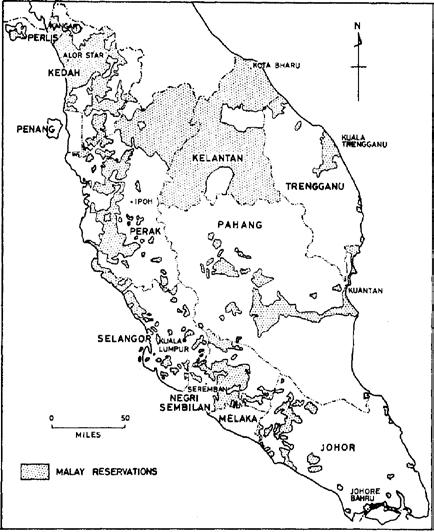
The relationship between the races in Malaysia was never in tension even though the Malaysian economy has long been dominated by the country’s Chinese and South Asian minorities because it is primarily transformed due to the export of raw materials of rubber and tin after independence. As the Malay group was granted the Malay Reserved Enactment. The two main objectives of the law were to prevent State Land in Malay Reservation Area from being disposed of by any means to the non-Malay and to prevent any private dealings between Malay and non-Malay in terms of Malay Holding or Malay Figure It was hope that land held by the Malays will be controlled by the Malays in the future (Department of Director General of Lands & Mines Federal, 2019). Figure above shows the area of land reserved for Malays.
Only until, Port towns along the coast, resource-based towns in the main tin mining areas in the Kinta and Klang Valleys (area surrounding the capital of Malaysia, Kuala Lumpur) and rubber growings area, and administrative centers grew mainly by immigration of Chinese and Indians urbanized more significantly than the other parts of Malaysia (Department of Statistic, 1996a) This lead to a change of social harmony.
development of new townships and industrial estates, and the massive traffic jams in the 70s have not only brought the federal government decided to build more expressways and highways in Klang Valley but also the expressway to connect from northsouth and east-west in Peninsular Malaysia. For example, the North-South Expressway passes through all the major cities and conurbations in West Malaysia, such as Penang, Ipoh, the Klang Valley and Johor Bahru (Roads in Malaysia, 2011).
As a result, the built infra connection has allowed people from more rural areas finally accessed the more urbanized region easily. There are also many people in the end who moved to the concrete jungle city for better job opportunities or better urban planning. Ultimately, this leads to the scarcity of land and rising prices in Kuala Lumpur city center (Lee, 2019).
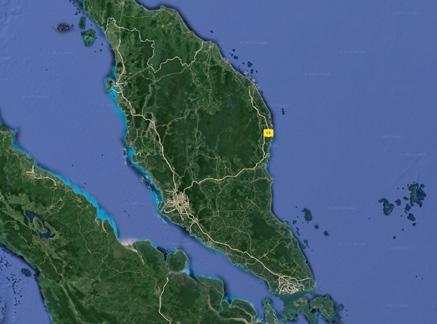
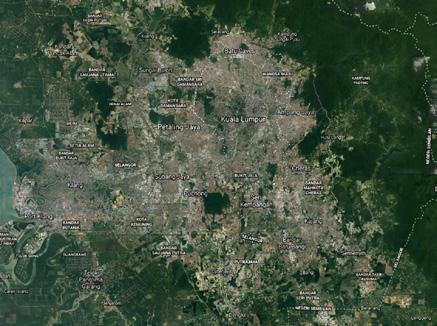
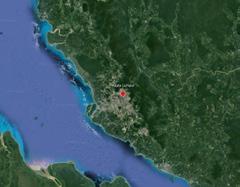
Figure 1.0.5: Dense infrastructure of Primary highway implies a better accessibility for people to reach the area. Source: Google Map (n.d.). [Map].
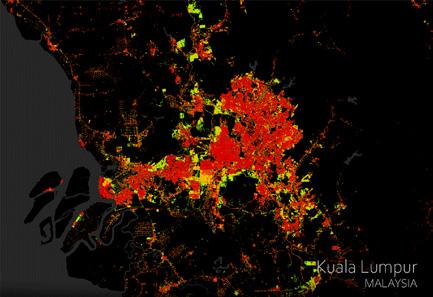
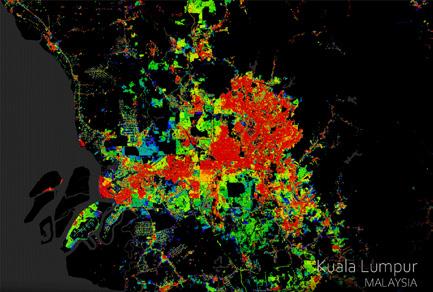
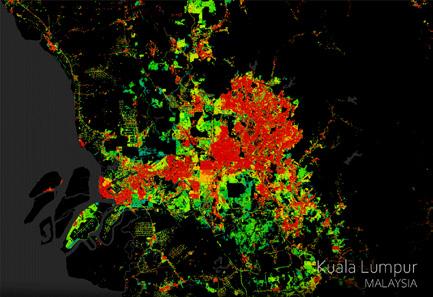
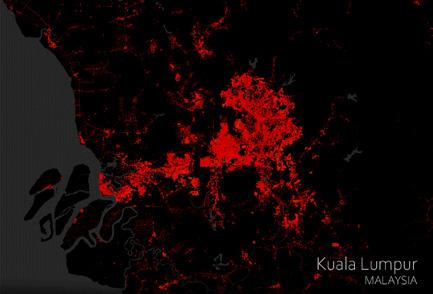
Figure 1.0.6: The growth of human settlement 1985-2015 in Kuala Lumpur, Malaysia. Source: European Space Agency - ESA. (2021, November 11). The growth of human settlement 1985-2015 in Kuala Lumpur, Malaysia [Giphy]. ESA.
The World Settlement Footprint Evolution (2021) has been generated by processing seven million images from the US Landsat satellite collected between 1985 and 2015 and illustrates the worldwide growth of human settlements on a year-by-year basis. It shows the land area exploted and expanded almost 100% throughout the years.
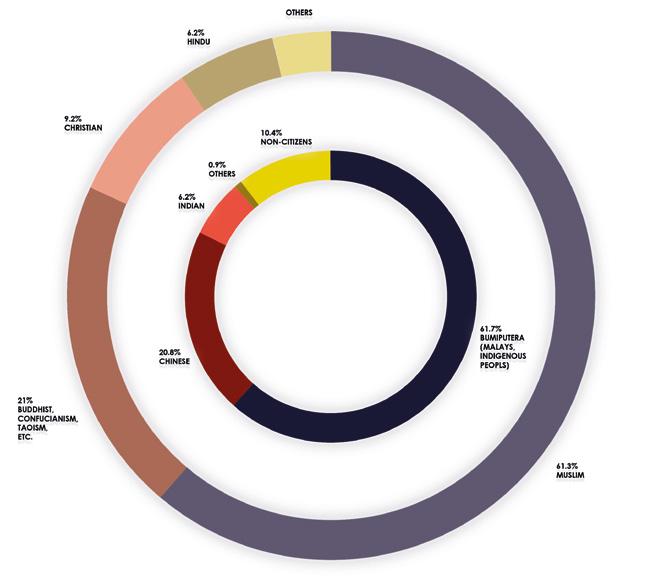
Figure 1.0.7: Demographic study of Malaysia in 2013. Source: Author (Based on Department of Statistics Malaysia Official Portal. (2021, July 15). Current Population Estimates, Malaysia, 2021 [Press release].
Referring to the demographical study of today’s Malaysia (2018). Malay and Indigenous groups which are considered as Bumiputera that literally means “son of the soil“ in Malay included Malay and indigenous group has covered 61.7% of the population. As defined by the Constitution of Malaysia, Malays must be Muslim, regardless of their ethnic heritage; otherwise, legally, they are not Malay (Shuid et al., 2001). It is legally possible to become a Malay if a non-Malay citizen with a Malaysian parent converts to Islam and thus claims all the Bumiputra privileges. Thus, when we talk about Muslims, it is somehow equivalent to Malay. But percentage-wise, there are fewer Muslims than Malay. This is because some indigenous people are either Buddhist or Christian similar to Chinese. Whereas Indians may probably be Hindu or Christian.
With that, it can be said the plurality and the diversified nature of society speak about the co-existence and multicultural of the ethnic groups as well as the various religions (Ahmad. 2007). Even though government often promotes the country as a harmonious nature (MAMPU, 2021), there are always social divisions.




